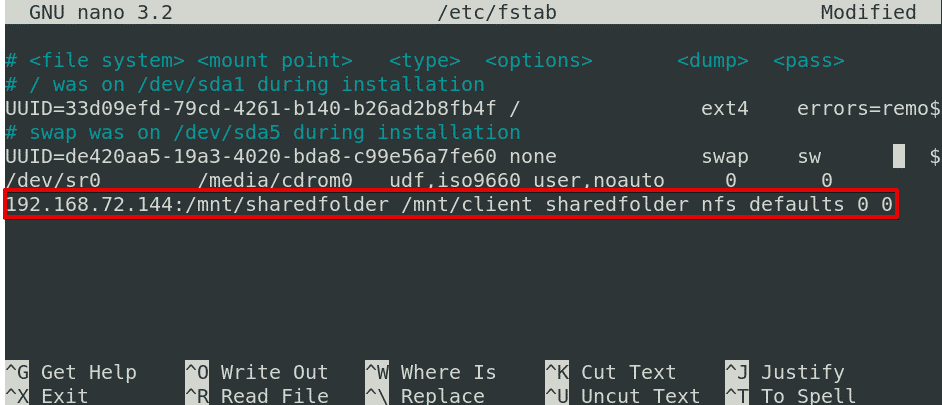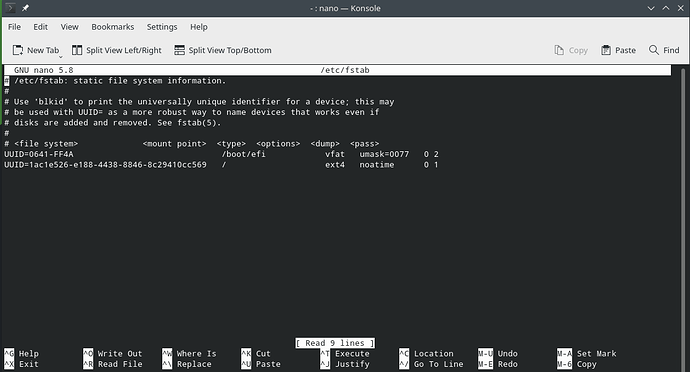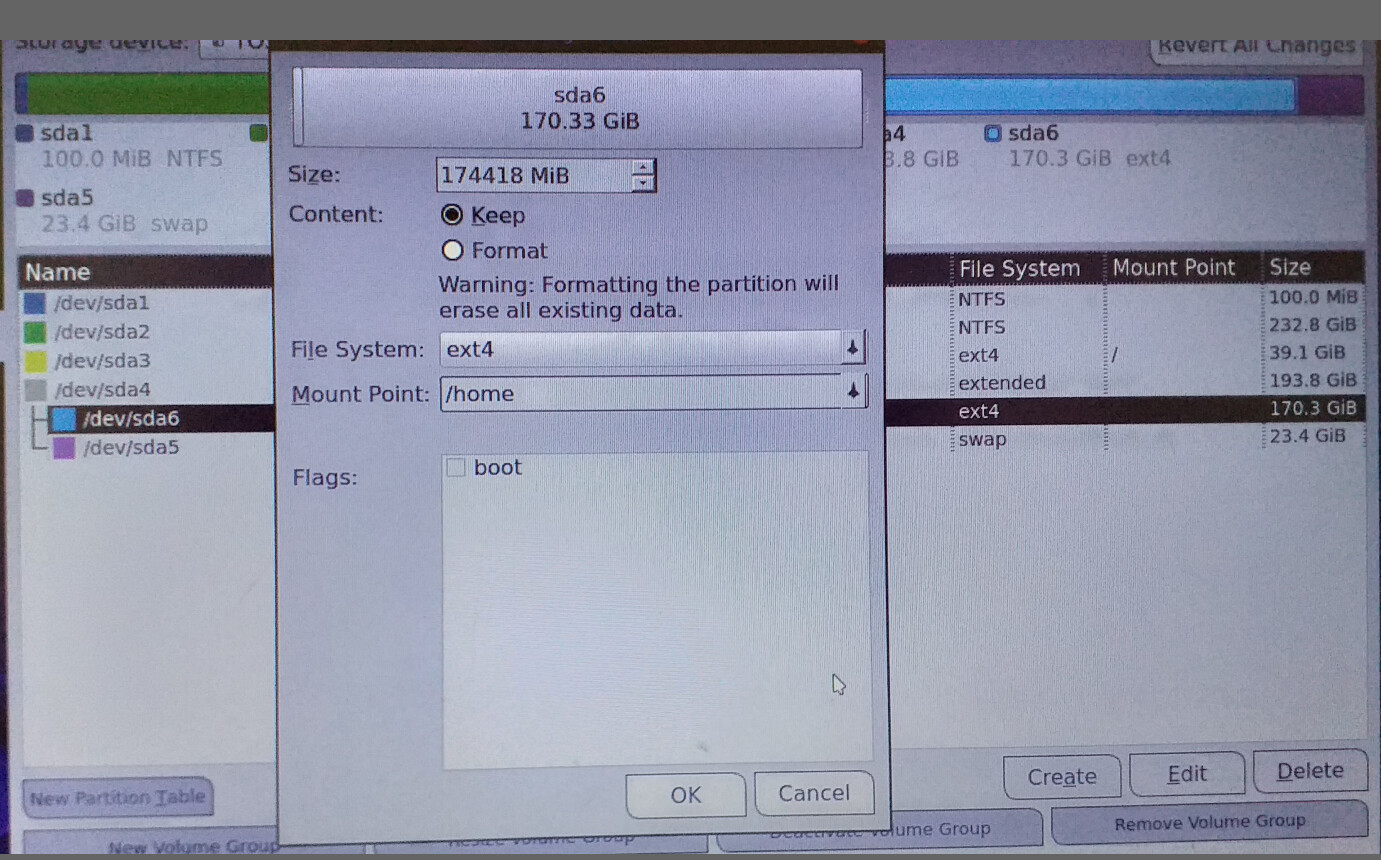
>genfstab -U -p /mnt > /mnt/etc/fstabĬopy over the dns settings to the new system: >cp -v /etc/nf /mnt/etcĬhroot into the new system and perform optional tweaks before compilation. With nano comment out or delete all lines but the one containing /efi. Generate and configure the filesystem table file. >pacstrap /mnt base base-devel linux linux-headers linux-firmware intel-ucode dkms efibootmgr man-db man-pages git nano
Openzfs mountpoint legacy fstab install#
Install packages with pacstrap: >pacman -Syy Install the essential packages for the base Arch linux system >zpool set cachefile=/etc/zfs/zpool.cache zroot If all is good, move on to set bootfs and create zfs cache file: >zpool set bootfs=zroot/ROOT/arch zroot

Make sure the df output shows all three mountpoints: >df -k Zroot/home on /mnt/home type zfs (rw,relatime,xattr,posixacl) Zroot/ROOT/arch on /mnt type zfs (rw,relatime,xattr,posixacl) Mount our mountpoints: >zfs mount zroot/ROOT/archĬheck if zfs mounted successfully: >mount | grep mnt >zpool import -d /dev/nvme0n1p2 -R /mnt zroot -N >zfs create -o mountpoint=/home zroot/home >zfs create -o canmount=noauto -o mountpoint=/ zroot/ROOT/arch >zpool create -f -o ashift=12 \Ĭreate filesystem mountpoints and then import \ export test: >zfs create zroot/ROOT Note: The lowercase and capital o's matter in the command, if you're not using an SSD drive skip the autotrim option, and if you're using a virtual enviroment you can probably omit the compression option as well. Now lets verify the partitions are good before moving on:Ĭreating required filesystems and mountpointsĬreate the EFI (boot) filesystem on the first partition: >mkfs.vfat -v -F 32 -n EFI /dev/nvme0n1p1 Don't forget the label the partitions correctly: EFI Boot Partition=ef00, Linux Install Partition=bf00 >gdisk /dev/vda If this is the case try using gdisk in interactive mode to manually create the partition scheme. Warning: If you're using a Libvirt \ Qemu virtual machine the above commands may fail with an obscure error. in this example we'll use gdisk to create the partition scheme. You can use almost any partitioning tool. Save the disk path\UUID into a variable to make things easy:

The file with the long string is our target disk (nvme0n1). Note: From a security standpoint it is entirely possible to have the EFI (boot) partition on a entirely different disk then the actual OS filesystem. To make things simple in the above example we'll be using disk "nvme0n1" to hold both the EFI and OS filesystems.

Run the following command to identify the hard drive \ partition info: We'll be using the UEFI boot method which requires us to create a EFI partition to launch Linux. Spl 122880 6 zfs,icp,zzstd,znvpair,zcommon,zavl Or use a script to add ZFS support after booting the official Arch linux Install mediaīy the same developer hosting the prebuilt ZFS supported install media above, the purpose of this script is to skip that step entirely and build the necessary zfs modules within the within the Arch install enviroment.įrom the github page, boot on any archiso system, and run:īefore moving on verify you have the zfs modules loaded like so: >lsmod | grep zfs It's entirely possible to build your own Archiso however that takes time and beyond the scope of this guide. Get the latest Arch Install media prebuilt with ZFS support If you want to install a ZFS root system as quickly as possible and don't care about any particulars than take a good look at this github page. These limitation cannot be overcome unless one has the time and compacity to edit the script to their liking. However as convenient as it sounds the script is limited in flexibility and scope. ZFS automated install scriptīefore moving on I need to point out that there exists a script that can automate the configuration and install of a ZFS root system. ZFS modules can not be loaded if Secure Boot is enabled.

Install Arch Linux with ZFS root filesystem, zfs-dkms, ZFSBootMenu, Pacman Auto-snapshots, Secure Boot enabledĭisable Secure Boot.


 0 kommentar(er)
0 kommentar(er)
